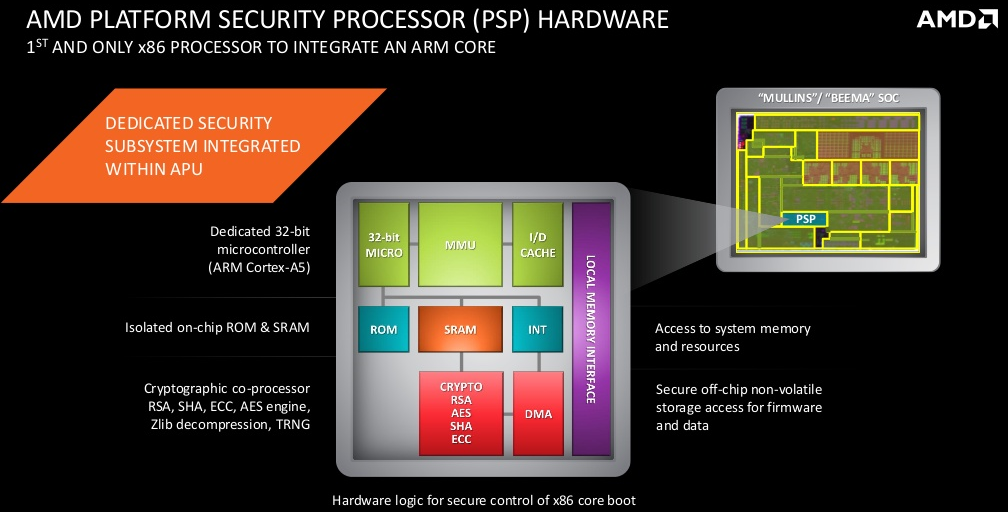Asus Hyper Express Benchmarked
f you don’t know much about the background to SATA Express, why it is relevant on the storage scene, or where it could go in the future, we suggest that you check out our early preview article based around Asus’ technology demo product.
Leveraging the bandwidth of two PCIe lanes, SATA Express connectors found on upcoming Intel motherboards will offer a 10Gbps (1GBps) data connection. One of the key reasons why the upcoming implementations do not utilise PCIe 3.0 lanes (and its 128b/130b encoding scheme) for a 16Gbps (roughly 2GBps) connection is that motherboard manufacturers are reluctant to eat into their quota of PCIe 3.0 lanes on an LGA 1150 CPU.
SATA Express, as an interface, provides support for SATA and PCIe-driven storage devices by means of a single connector. If you want to use a SATA device, simply plug a standard SATA cable into the motherboard-based ports. If you want to make use of the enhanced speed that PCIe lanes can offer, plug a SATA Express connector into the two SATA ports and additional bandwidth section.
The additional section, situated adjacent to the SATA ports, is present on the connector to provide enough pins for two full PCIe lanes to be transferred through the bus. A total of eighteen pins is required to provide two PCIe lanes’ worth of bandwidth.


